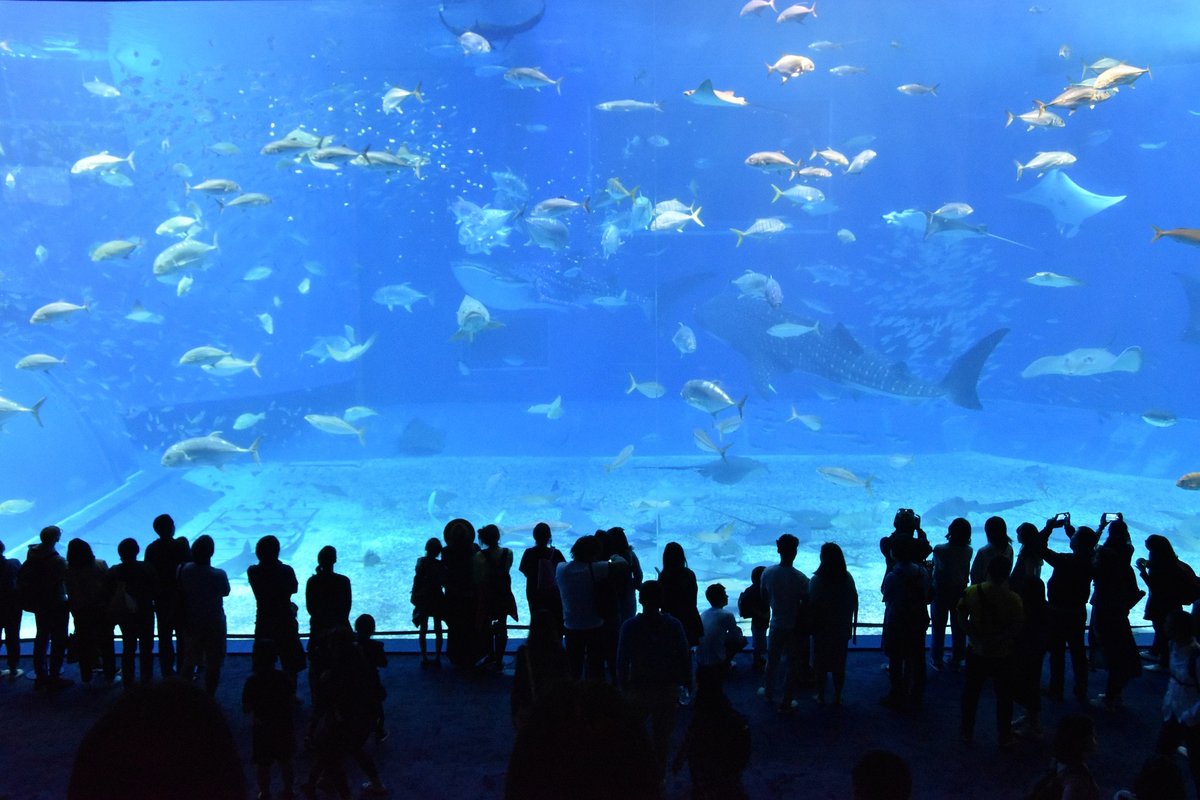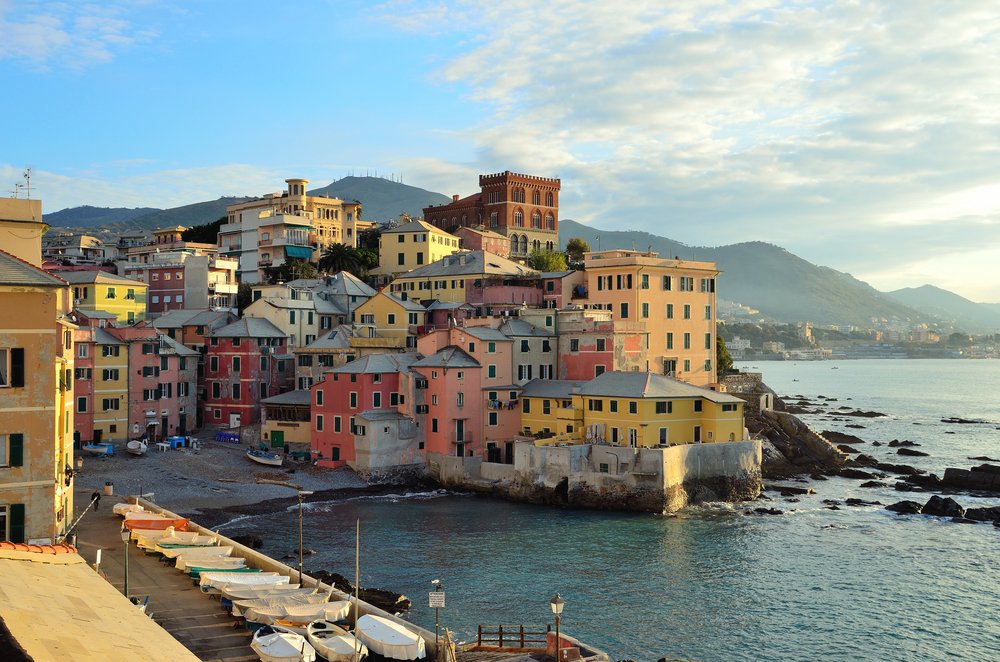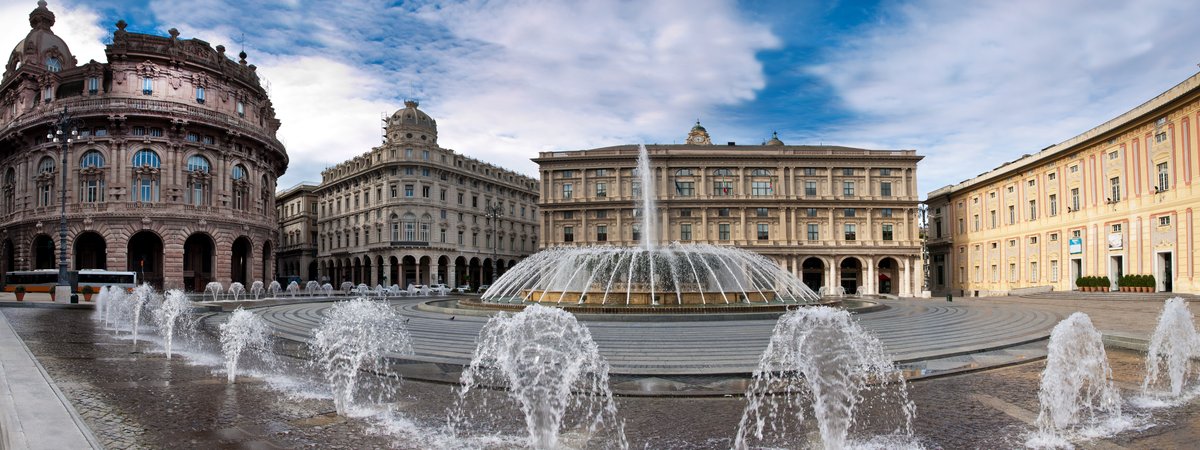The physics underlying the transport of particles and the particle collective attitude to originate geometrical patterns in oscillatory flows is the main scope of the colloquium. Contributions concerning turbulence and particle dynamics are favoured. Nonetheless, geomorphological, chemical and biological aspects strictly related to the mechanics of particulate oscillatory flows are considered of great relevance for the colloquium. Indeed, the multidisciplinarity of the contributions is believed fundamental for a successful colloquium. The colloquium can be attended by participation only.
Motivation
Natural phenomena associated with flows that we perceive as steady or at the equilibrium state at the temporal and spatial scales of our observation, are often actually the result of flow fluctuations occurring at much smaller or much larger scales. Such fluctuations can be erratic, like the velocity of small turbulent eddies, or exhibit a certain regularity, like the oscillatory flow induced by wind waves. The former are responsible for the random pick-up of sediment grains from the seabed, while the latter originate the sedimentary pattern that we all can observe close to the coasts. Besides the formation of bedforms under surface waves, some other glaring examples of phenomena that are strongly related to oscillatory flows are the acoustic streaming, the granular segregation, the assembly of motile bacteria due to their collective motion. Indeed, oscillatory flows can be considered prototypes of accelerating flows and insights obtained in such basic field are fundamental. Oscillatory fluctuations can be secondary flows generated as an effect of the interaction of steady flows with wavy solid boundaries (and vice versa) or primary flows generated by harmonic oscillations of boundaries (which can coincide with solid particles). In either cases, solid-fluid interactions are clearly fundamental as the dynamics of the boundaries is coupled with that of the flow. The nature of these interactions can be purely mechanical (e.g. sediment grains) or involve for instance electrostatic forces (e.g. cohesive particles) or be driven by the biological collective behaviour. Granular patterns, which stem from solid-fluid interactions, reflect the microscopic properties of granular matter. The interest for granular and oscillatory flows is growing in different scientific communities, which is witnessed by the increasing number of articles and projects devoted to the subject, both for scientific speculation and because their knowledge finds applications in the environmental and industrial fields. The present colloquium gives the opportunity of discussing themes related to the mechanics of granular flows and the development of patterns of particles subjected to the action of oscillatory flows, highlighting the advancements and emphasizing the improvements that the recent numerical and experimental techniques, such as DNS, LES, PTV and tomographic PIV, have led to our understanding of the interaction between particles and vortex structures.
The spirit of the colloquium is promoting the dissemination of recent developments and identifying innovative approaches of investigation of granular patterns through the cross-fertilization among different scientific communities.









